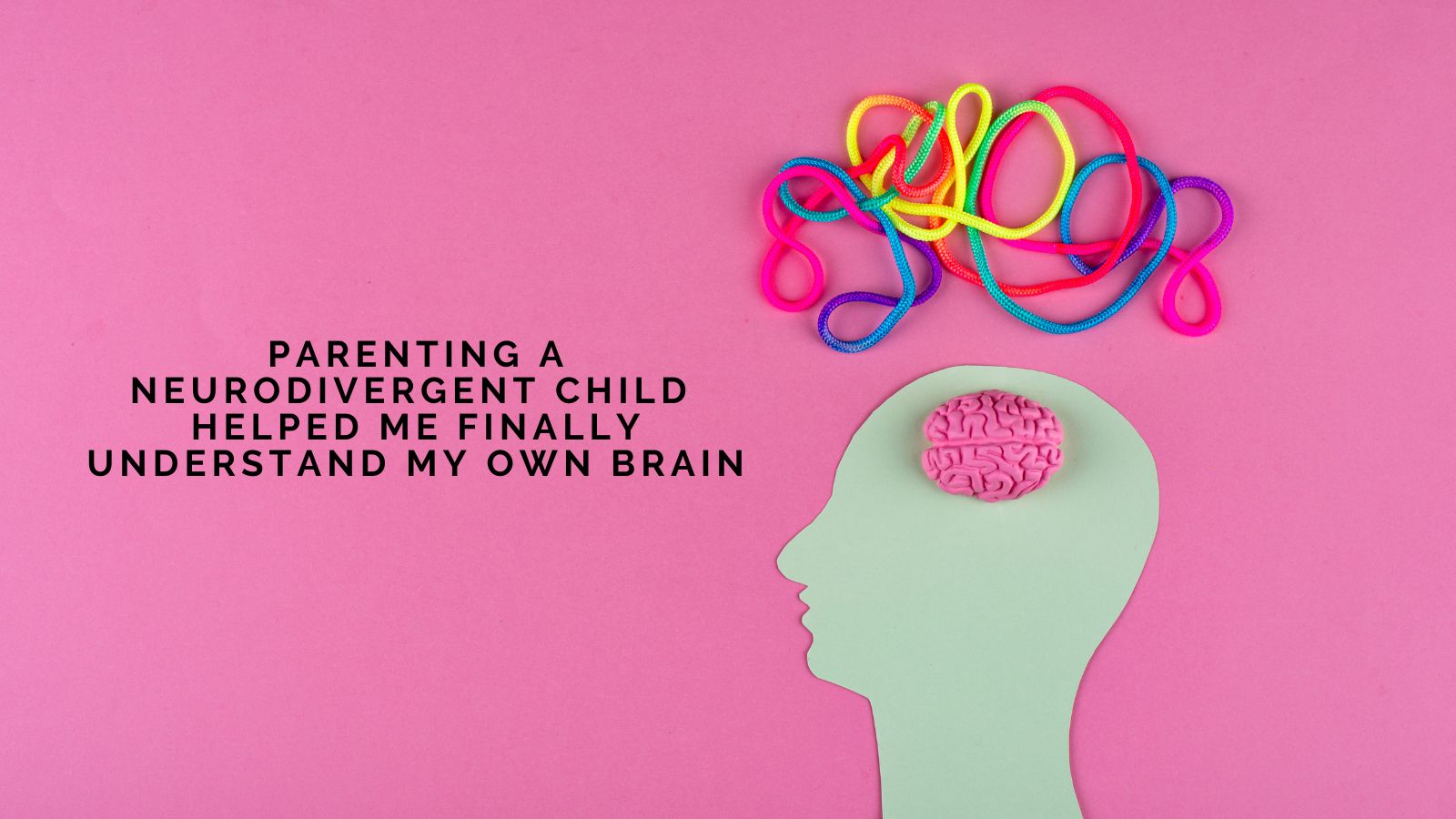
I still remember the exact moment everything changed. The crisp morning sun lit the edge of the paddock where I stood, watching my horse, Birdie, shift his weight uncomfortably under my brand-new saddle. I had done everything “right.” I’d saved for months, trusted the advice of professionals, and yet, there he was — unhappy, resistant, and tense in his body. It wasn’t just Birdie that felt unsettled. My gut told me something was very, very wrong.
That was the moment I realised: the saddle didn’t fit — not just Birdie’s back, but my values, my desire to honour him, and the deeply intuitive connection we had forged over the years. That moment was the catalyst for everything that followed.
Before I ever became a saddle fitter, I didn’t carry any titles, or the confidence and clarity that now shape my approach. My journey was one of intuition, frustration, passion and, ultimately, empowerment — not just for me, but for the many women who care deeply about the health of their horse and the special partnership they share.
Listening to the Horse — And Myself
I was simply a devoted horsewoman who wanted to do better for her animals. But like many of us, I didn’t know what I didn’t know. I’d been taught to listen to trainers, to “behaviour specialists,” and to traditional saddle fitters — all of whom had advice, theories, and more products to sell. And yet, Birdie’s behaviour didn’t lie.
He wasn’t being “naughty.” He was in pain.
Years of training my eyes and hands to notice subtle shifts in muscle, movement, and tension taught me more than any textbook ever could. I started asking questions. I studied anatomy, equine bodywork, myofascial release, biomechanics, nutrition, hoof dynamics and balance, and saddle fitting. I sought out mentors who didn’t treat horses like machines to be fixed, but as intelligent, emotional beings with preferences, pain thresholds, and a deep need to be heard.
That was the beginning of my transformation — and Birdie’s healing.
Our Horses Speak — If Only We’d Listen
Over time, I learned that so many horse issues — behavioural problems, crookedness, “girthiness,” reluctance to move forward and resistance under saddle — are actually symptoms of poor saddle fit.
But what shocked me most was how preventable it could be… if only riders had access to the right tools and knowledge.
Because I know what it’s like to feel powerless at the saddlery.
I know what it is to spend thousands on a saddle, only to be told it should “settle in.”
I know the heartache of watching your horse’s performance deteriorate and being told it’s a training issue — when really, it’s a pain response.
So I started learning — not just about saddle fitting, but about equine empathy.
Marking Up the Truth: A Simple but Revolutionary Idea
One of the most powerful tools I discovered was this: learning to identify and mark up your horse’s unique saddle fitting area.
This process, guided by basic anatomical landmarks, allows you to draw directly on your horse’s back — in chalk — where the saddle can and cannot sit without causing discomfort or harm. It’s like giving your horse a voice, in visible form.
The impact? Game-changing.
Riders, some of whom had struggled for years, began to cry. “Why has no one shown me this before?” they would ask. “I feel like I finally see my horse — really see her.”
Marking up your horse’s back not only builds confidence, it saves time, energy, and heartbreak. You can instantly compare any saddle — old, new, borrowed or used — and assess whether it’s a “possible yes” or a “no way in the world will this ever work” situation.
Imagine — no more relying on mixed opinions or sales pitches. No more guessing. Just you, your horse, and a skill set that puts you both at ease.
Empowerment for Everyday Horsewomen
You don’t need to be wealthy or elite to deserve a well-fitting saddle. You don’t need to buy the most expensive brand. What you do need is a clear understanding of your horse’s saddle fit characteristics — and the right to ask questions, push back, and explore alternatives.
This isn’t about perfection. It’s about progress. And it’s about prioritising your horse’s physical and emotional wellbeing — because a horse in pain can’t perform, can’t connect, and certainly can’t trust.
What We Really Want as Horsewomen
At the heart of it all is something I believe we all share — whether we’re competitors, trail riders, or pasture dreamers: a desire for a real, intuitive, joyful, and healthy relationship with our horses.
We want to feel that moment of true connection, when the conversation between horse and rider becomes fluid, fun, and free. We want to partner with our horses, not dominate or control them. And we want to prevent pain — not just manage it when it’s too late.
That’s what holistic saddle fitting brings into focus: a new way of seeing, and a more considerate way of being.
So if you’re reading this and questioning whether your horse is “just being difficult,” or “always cranky when tacked up,” I urge you — don’t silence those doubts. Investigate them. Your horse is telling you something.
And you have every right — every responsibility — to learn how to listen.
Let this be the beginning of a new chapter for you and your horse. One where you’re no longer dependent on expert opinion alone. One where you trust your intuition, deepen your bond, and ride in a saddle that fits both of you — body, mind and heart.
You’re not just a rider. You’re a healer. A partner. An advocate.
And together, you can do extraordinary things.
_(70).jpg)

 (69).jpg)















